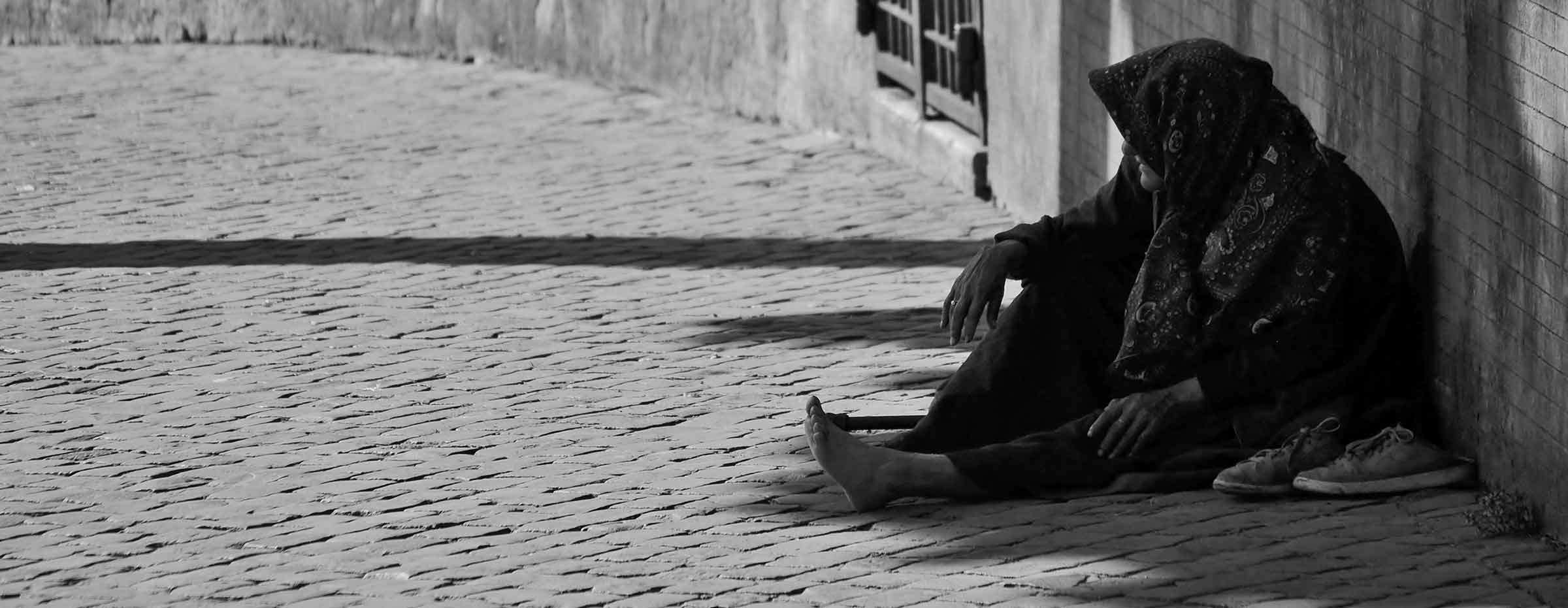04 Dec Dealing with Homeless People: Keeping your property and staff safe.
Homelessness is an extremely complex social problem that impacts the quality of life in our community. There are no easy solutions.
Elected officials in counties and cities recognize that there is a fine line between homelessness as a social issue, and a criminal issue. Many homeless are on the street because of substance abuse, mental illness or both. Local agencies struggle on how to deal with the problem.
Often the disorder issues associated with homelessness are criminal in nature but difficult to enforce. To assist at-risk population, the following steps can be taken to reduce exposure to agency staff members who encounter at-risk population. Agencies are encouraged to coordinate with other partners such as the local Mental Health Professionals, Law Enforcement, and Health and Human Services.
While being homeless is not a crime, many kinds of public conduct are illegal and should be reported to local law enforcement. These include being intoxicated, loitering, prowling, fighting, trespassing, aggressive panhandling, soliciting, urinating/defecating, consuming alcoholic beverages in certain public places, camping or sleeping in parks, littering, obstructing sidewalks, living in a vehicle parked on a public street, disturbing the peace by loud and unreasonable noises, using offensive words, behaving in a threatening manner and more. Agency staff should be mindful of their situation when dealing with the at-risk population. Situational awareness is a sound best practice to ensure safety for staff members. When approaching an individual remember your escape routes; stay a safe distance away until you are comfortable with the situation.
The following tips will help you avoid problems with homeless people.
- Talk to your local Community Relations Officer (CRO) or Outreach Officer about any problems with homeless people. Local law enforcement should investigate and take appropriate action. Provide them with specific information such as property location, address, name of location i.e., Jones Park – Bathrooms.
- Avoid confrontations and maintain a safe distance. Use caution in dealing with them.
- Do not offer food or money. It may encourage more panhandling. If you are inclined to help the homeless, it is better to contribute to local charities, missions, food banks or social service organizations that assist the needy.
- Do not permit anyone to camp or loiter on agency property. Post the property with proper signage such as “No Trespassing or Loitering”.
- Do not allow anyone to store shopping carts, bedding or other personal belongings on your property.
- Restrict access to sidewalk overhangs, alcoves, or other areas protected from inclement weather.
- Lock or remove handles from water spigots.
- Keep trash dumpsters locked when not being filled or emptied.
- Secure outside storage sheds or containers.
- Lock or turn off exterior power outlets.
- Lock gates after hours.
- Install motion-activated exterior lighting for after hours.
- Trim landscaping to eliminate hiding places.
- Canopies of mature trees should be maintained at least 8 feet above the ground.
- Bushes should be trimmed to less than 3 feet except where privacy or environmental noise mitigation is a primary concern, or where higher plants would not block any views/ lighting/camera coverage or provide hiding places.
- Keep property free of trash, litter, junk, etc.
- Use graffiti-resistant paint or anti-graffiti coatings on the sides of the building, and any other design features that could be vandalized.
- Recommend “Vandlguard TEN Non-Sacrificial Anti-Graffiti Coating” with a three-coat system by RainGuard International or the equivalent on park furnishings and buildings.
- Additional protection can be obtained by planting vines and bushes along the sides of the buildings. They help keep vandals away from the walls and cover areas that might otherwise be vandalized.
- Report graffiti and other vandalism, and clean up promptly after the officers have taken pictures.
- Design public amenities to discourage misuse. For example, shape benches and other seating to be comfortable for sitting but not for sleeping.
- Have plants at sidewalk level. If raised planter boxes are used, the sides should be at least 4 feet high or their tops should be uncomfortable for seating. By making them very narrow and allowing plants to grow over them, it will make them less desirable for sleeping.
- Establish, post, and enforce rules of conduct for public use of private property. Include signs of nighttime curfews and prohibitions of loitering, illegal lodging, drinking alcoholic beverages, and drug activities. The signs should state that persons engaged in prohibited conduct will be asked to leave the property and that failure to cease the behavior or leave the property will result in a call to law enforcement.
- Install surveillance cameras to cover public areas. Have security personnel monitor these cameras and ask persons engaged in prohibited conduct to leave the property. Security personnel should also patrol the property at random times.
- If security personnel are not available or if it is not practical to monitor the cameras all the time, install video analytics or intelligent video software in your camera system. It will alert you when something suspicious occurs. Lights could be turned on at night when motion is detected, and audio announcements could warn trespassers that the police would be called if they do not leave the property immediately.
- If signs stating that security or surveillance cameras are installed are posted, and the cameras are not monitored all the time, the warning should also include that caveat. This is important in keeping people from having a false sense of security and expecting help in the event they are attacked.
Agency staff should be trained in Workplace Violence Prevention. The agency should have a Workplace Violence Prevention program in place. This is a Cal-OSHA requirement. There are many sources available to help agencies develop a plan for homeless management. The League of California Cities has published a document: “Local Government Strategies for Addressing Homelessness: Avoid Litigation and Do Some Good.”




No Comments